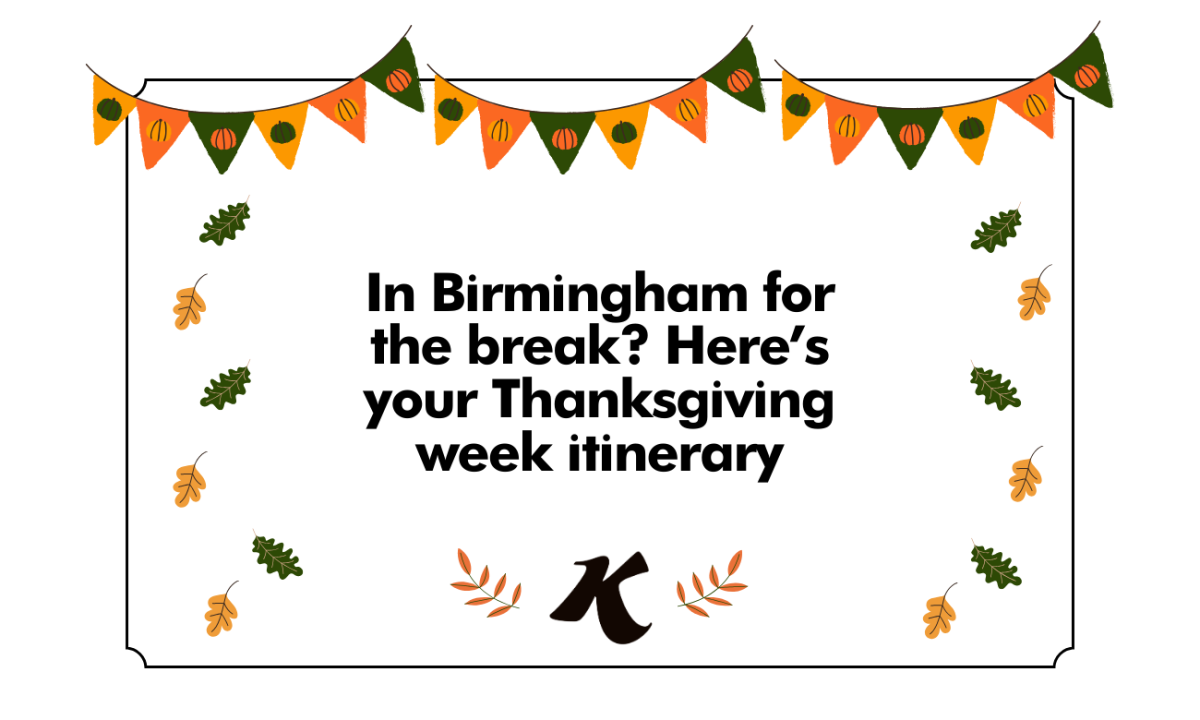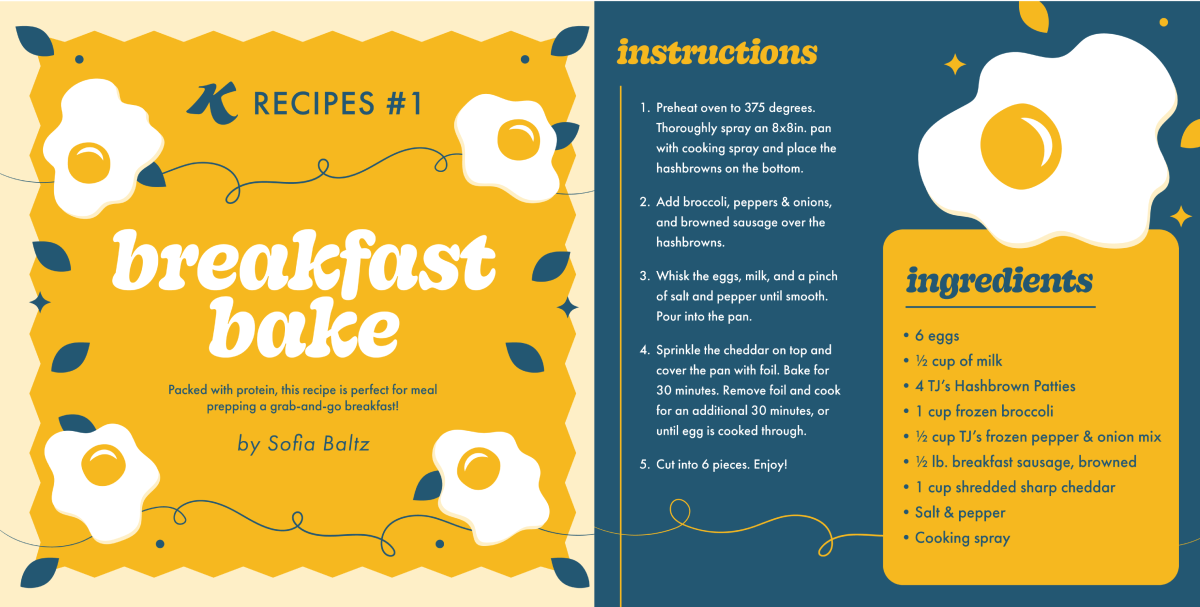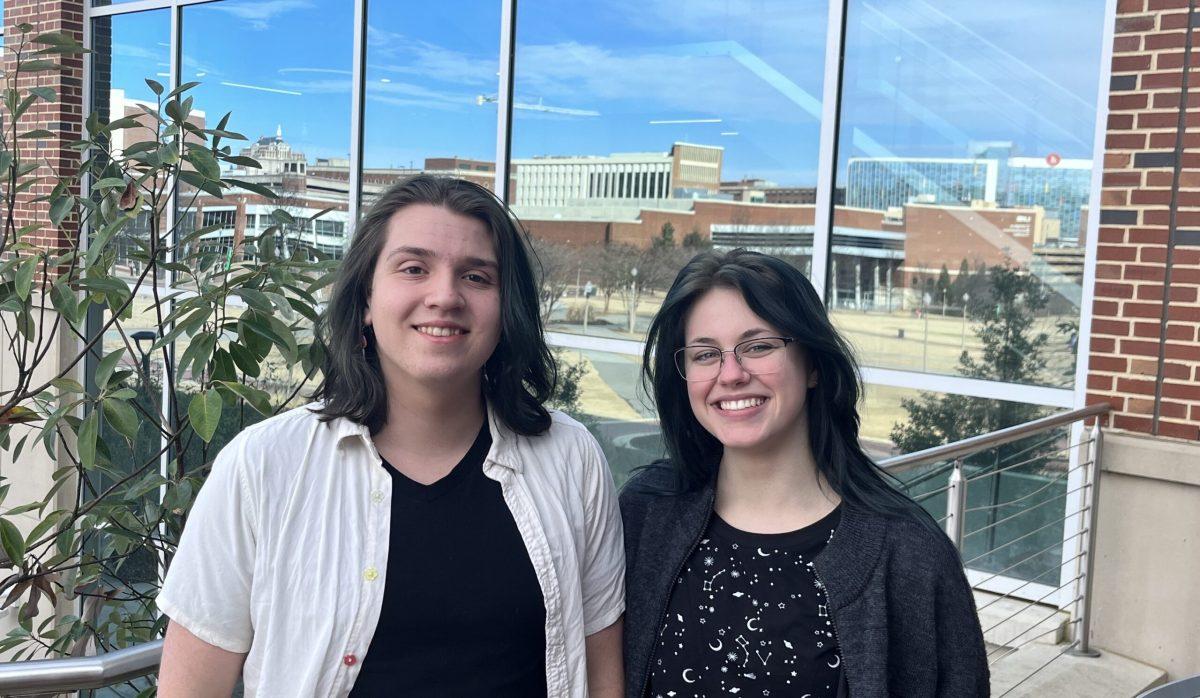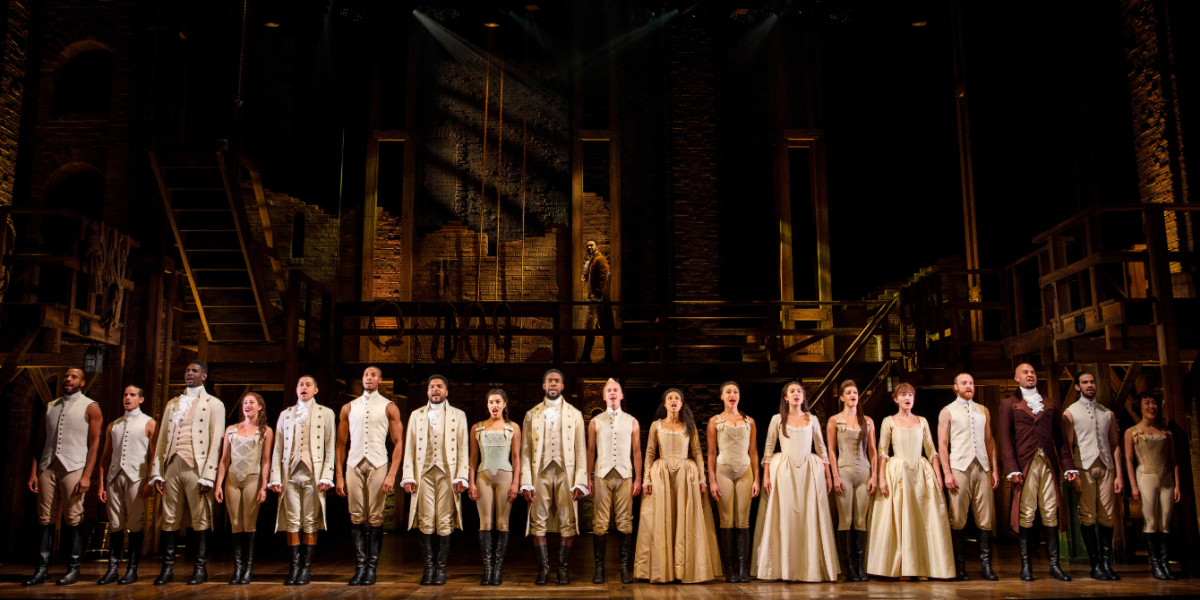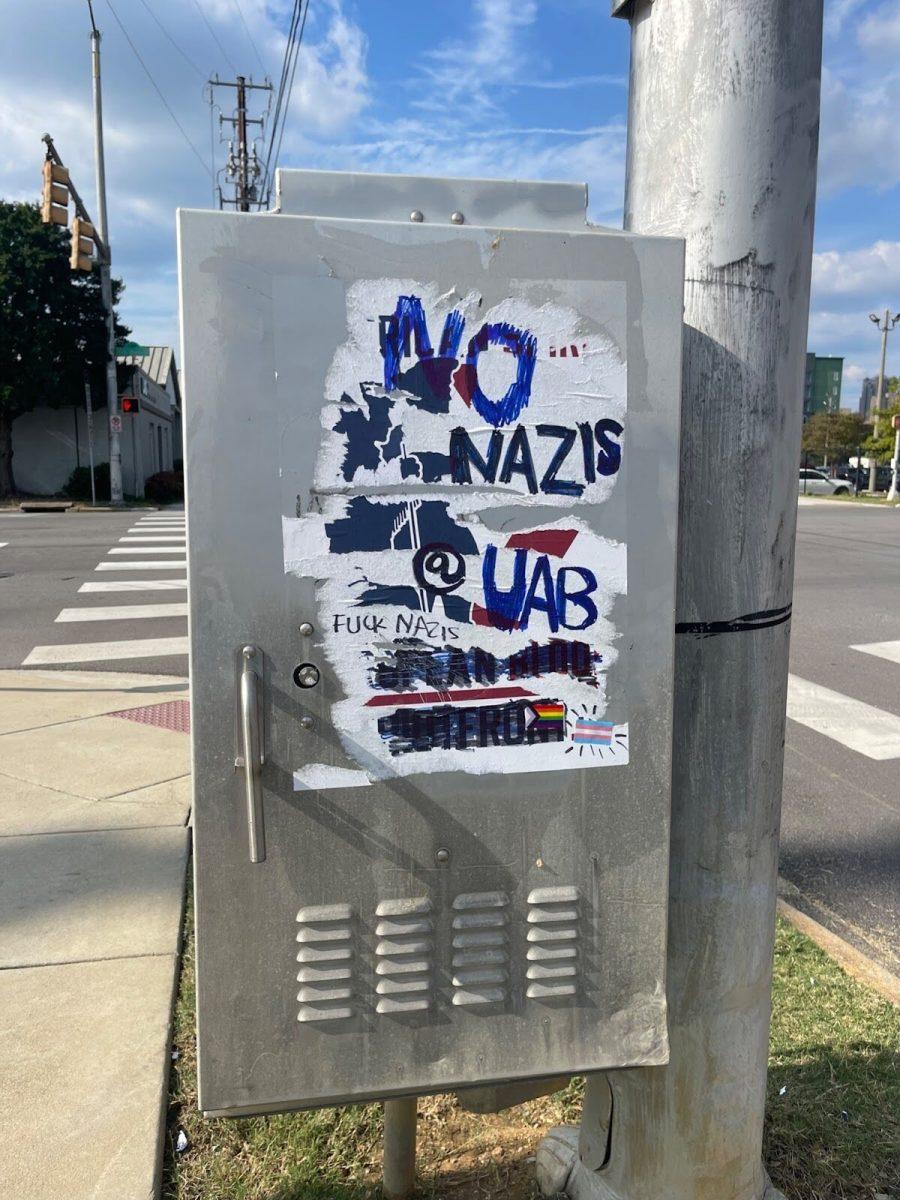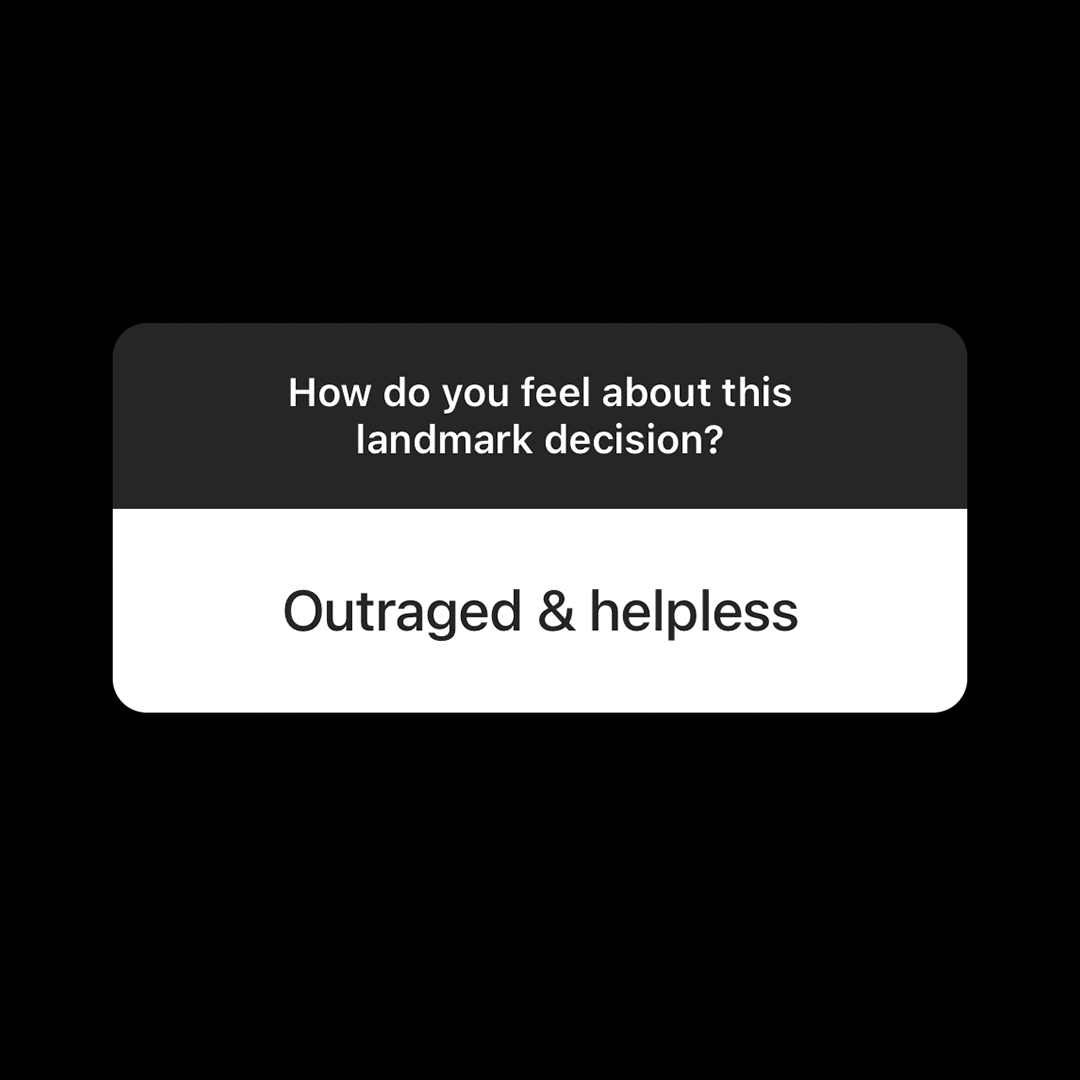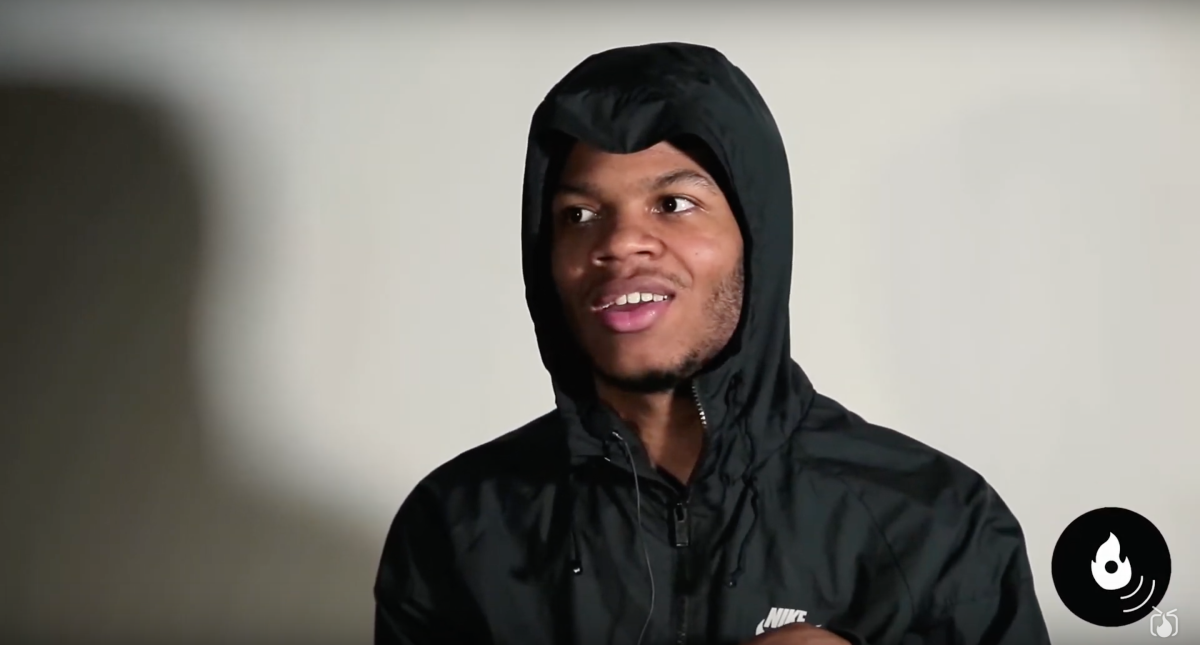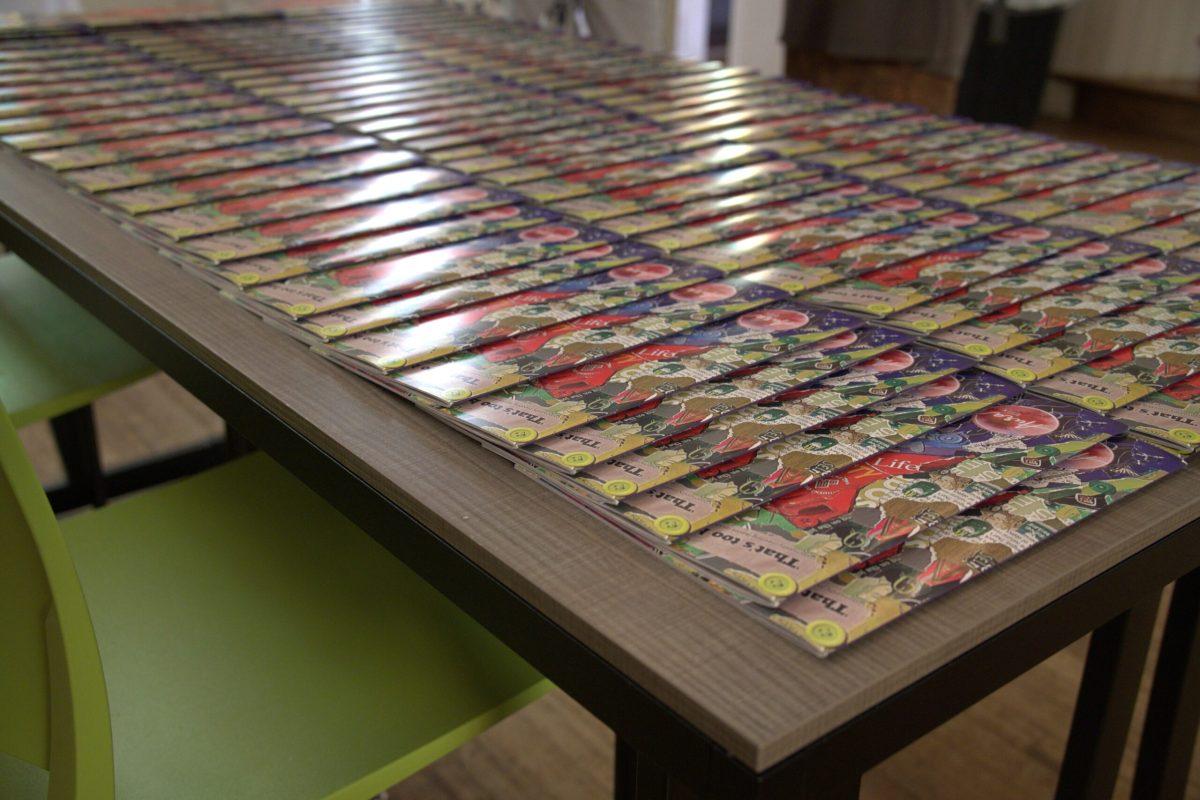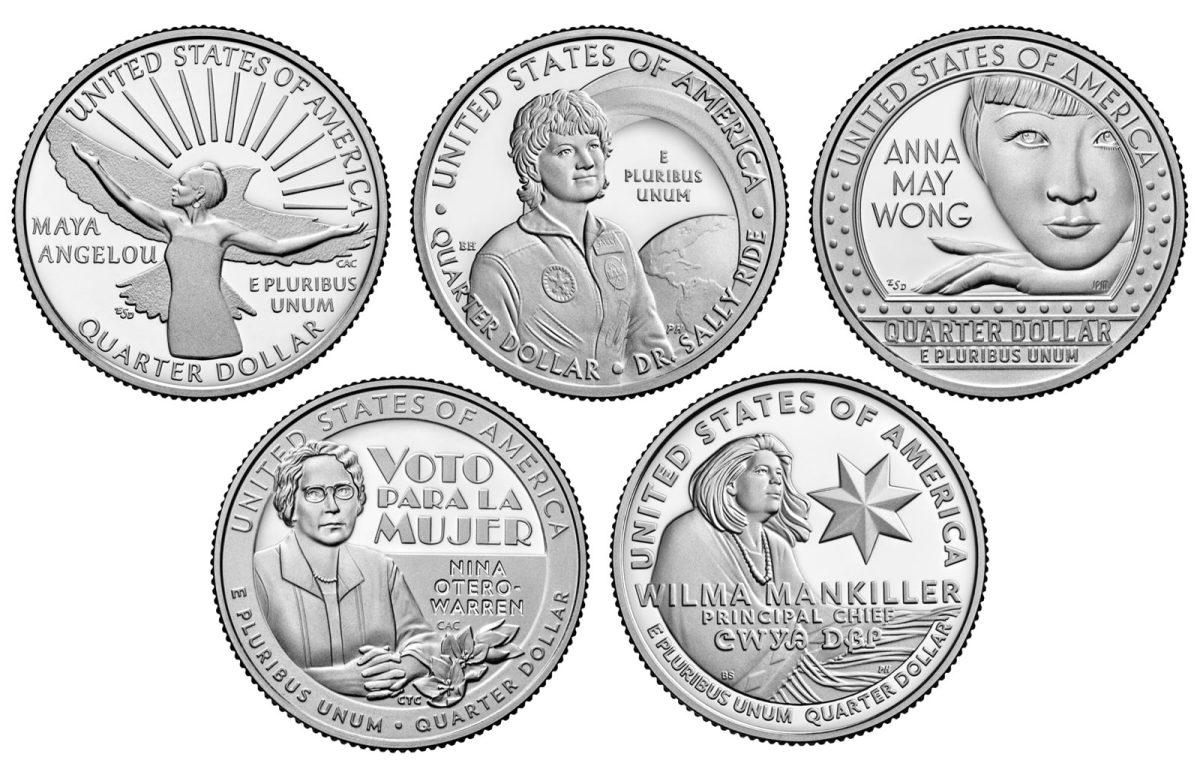Poetry itself is something that I feel a lot of people are intimidated by. It reminds them of high school English, reading the same few poems over and over every year. A few years ago that was my connection to the art form, too.
But when I started to diversify the types of poems I read, I began to fall in love with poetry the same way I fell in love with fiction novels at a young age. This expansion of pieces can be hard if you don’t know where to find new poems. I’d like to propose that there’s a very easy and obvious way to find new poetry. It can be found in music—and I’d bet that everyone hears at least one song per day.
Songs themselves, at least ones with lyrics, are poems. They tell a story, convey strong and concentrated emotions through precise word choice. The feelings of the song aren’t expressed outright, but hidden in layers of metaphors. And even more, the structure of songs are like poems. The verses and choruses are separated into stanzas, outlining the flow of whatever story is being told.
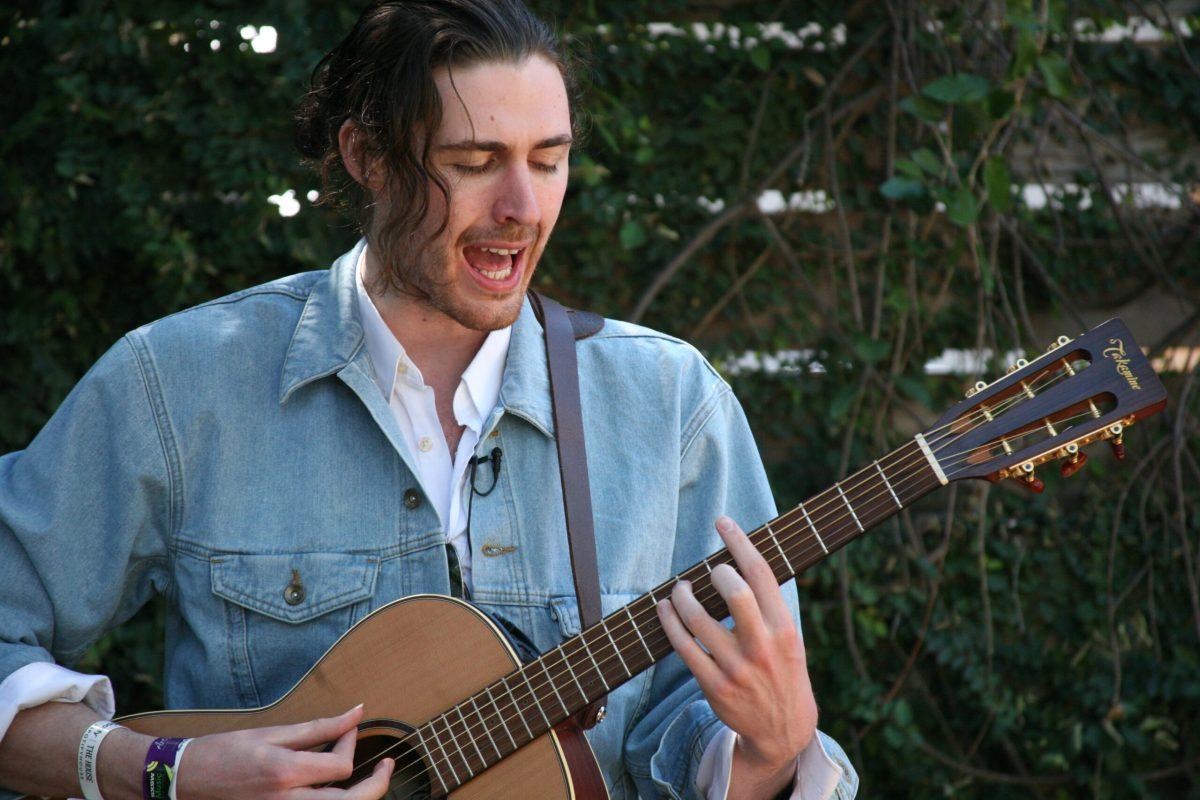
I’d like to highlight certain artists whose songs perfectly capture how music is poetry. (Admittedly, the artists I bring up will be catered to my own music taste, but all songs can be looked at this way.) Hozier’s work captures an intimate reverence for one’s partner with songs bathed in biblical metaphors and dark, nature imagery. “In A Week” focuses on two loves decomposing, forever intertwined by death and love. “Take Me to Church”, arguably his most popular song, uses religious imagery to show the narrator’s love and devotion for their partner.
Phoebe Bridgers and her lyrics have the talent for showcasing a single emotion, sadness, and unwinding the feeling into its many complex parts. “Scott Street” conveys the weight of nostalgia and the passing of time, and “Moon Song” exposes its narrator’s deepest desire to have their affection acknowledged by their unrequited love. Finally, “Smoke Signals” expresses a deep sense of melancholy, yet it still functions as a love song, as its chorus repeats the idea that perhaps fate brought the couple together.
Taylor Swift’s entire discography can be read like poetry, but I’d like to focus on her Grammy-winning album folklore specifically. This album, as the title suggests, is all about stories. A love triangle is explored throughout the album, with one song from each character’s perspective (“cardigan”, “august”, and “betty”). The three songs differ in tone and complexity, but all three conquer up vivid imagery. Track five, “my tears ricochet” paints the narrator’s betrayal and grief through the metaphor of a funeral. In “invisible string” the image of a string of fate ties the two lovers’ lives through the years, bringing them together.
Changing your relationship with poetry is as simple as changing your perspective on the music you listen to. Look deeper at the lyrics, decipher the metaphors and images the songwriters use, as they are what give songs their emotional impact. A love of poetry can be found as simply as a love for music.
Hozier at SXSW 2014 by WFUV Public Radio is licensed under CC BY-NC-SA 2.0.










